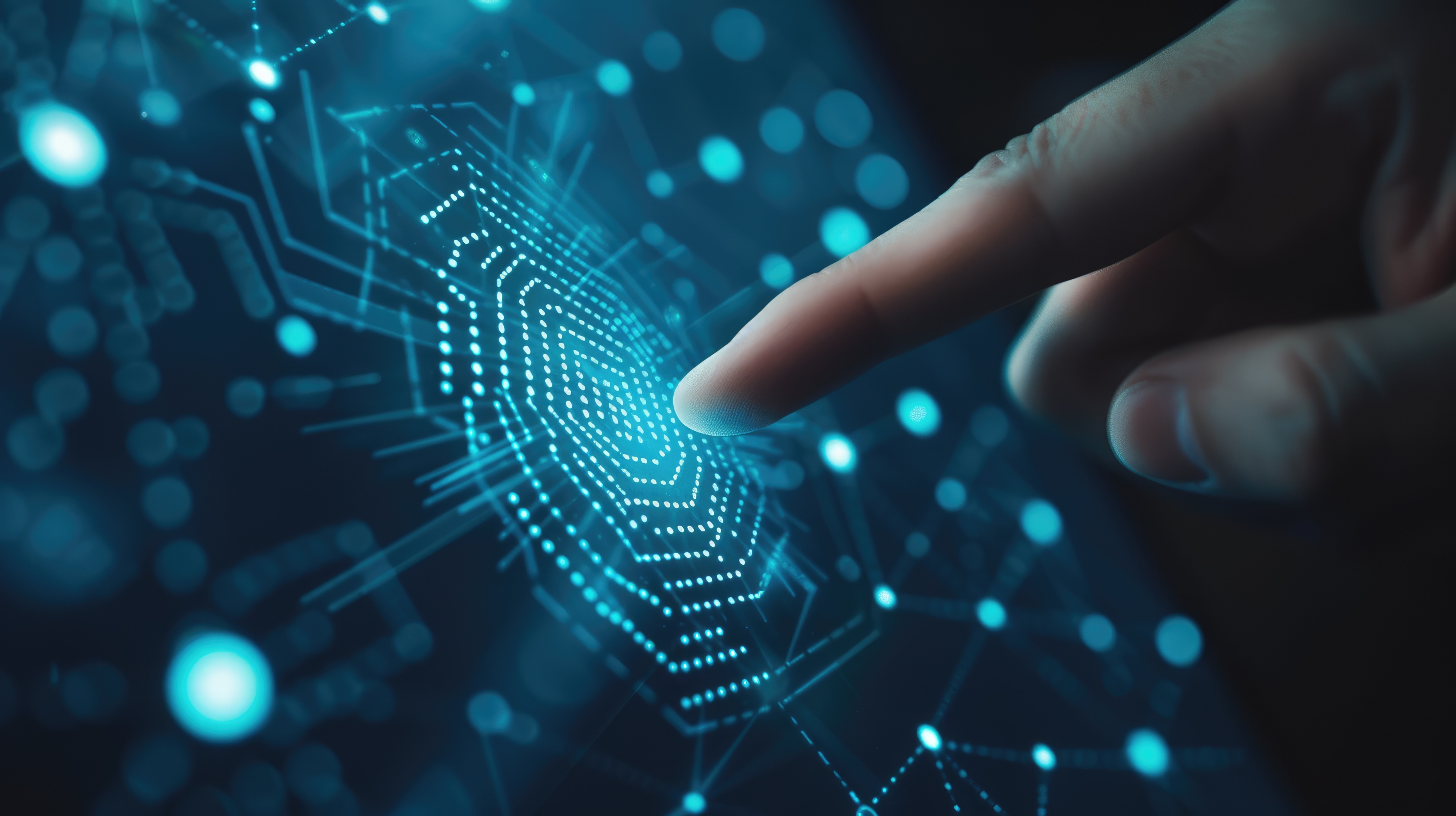
Security and Trust in Industry 4.0: The Role of Digital Identities
Security & Trust in Industry 4.0: The Role of Digital Identities
Security and trust in Industry 4.0: the role of digital identities

For sensors, controllers, and machines to function effectively in industrial applications, they must first be deployed. Typically, this process involves a skilled worker manually installing and configuring IoT devices.
However, this approach is time-consuming, costly, and prone to human error, which introduces security risks. Automation of this process has so far been limited, but digital identities along the value chain provide a solution.
What is a Digital Identity?
A digital identity is an electronic proof of authenticity issued and verified by a public key infrastructure (PKI). It cryptographically verifies the identity of a device or entity, ensuring its trustworthiness in digital networks. Applied during the production process, a digital identity establishes a device as a secure communication partner.
In essence, a digital identity is an electronic representation of identity information that authenticates actors and devices. It facilitates secure and verified interactions between devices, applications, and users across interconnected environments.

What are the Components of a Digital Identity?
A secure and reliable digital identity is comprised of the following key components:
Public and Private Keys
Digital Signature
Identity Information
Why does Industry 4.0 need Digital Identities?
Unique Identities
Industry 4.0
"Industry 4.0 refers to the intelligent networking of machines and processes in industry with the help of information and communication technology." -Federal Ministry for Economic Affairs and Climate Protection
Secure Data Exchange in the IIoT
Reliable Operation
Trust & Efficiency
What are the Challenges in Integrating Digital Identities?
